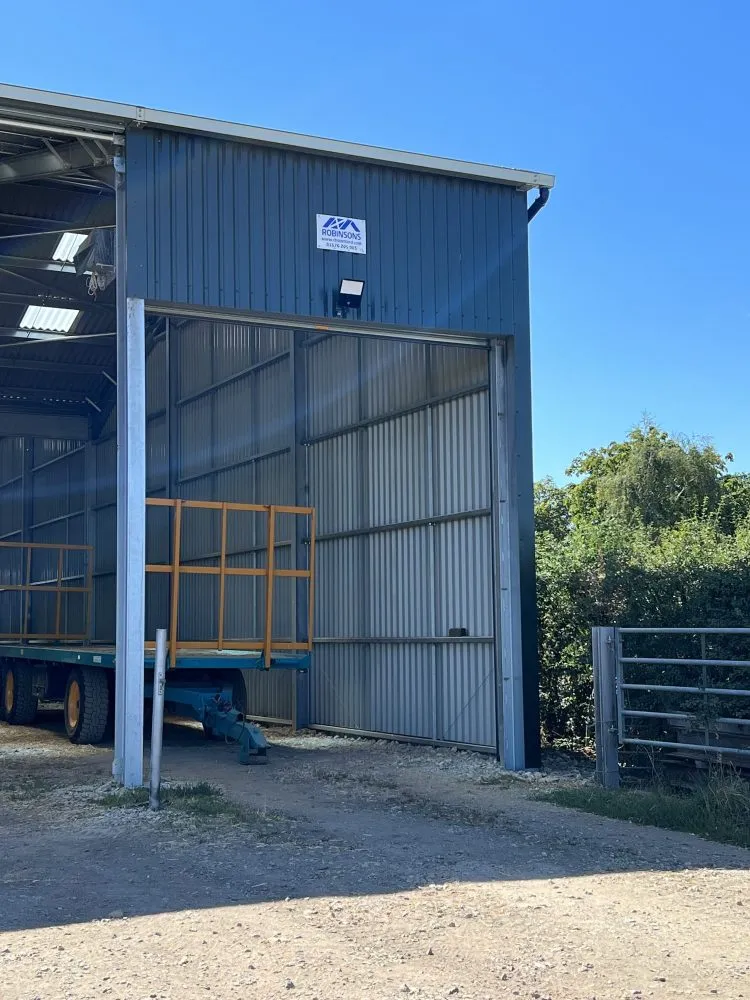- Afrikaans
- Albanian
- Amharic
- Arabic
- Armenian
- Azerbaijani
- Basque
- Belarusian
- Bengali
- Bosnian
- Bulgarian
- Catalan
- Cebuano
- Corsican
- Croatian
- Czech
- Danish
- Dutch
- English
- Esperanto
- Estonian
- Finnish
- French
- Frisian
- Galician
- Georgian
- German
- Greek
- Gujarati
- Haitian Creole
- hausa
- hawaiian
- Hebrew
- Hindi
- Miao
- Hungarian
- Icelandic
- igbo
- Indonesian
- irish
- Italian
- Japanese
- Javanese
- Kannada
- kazakh
- Khmer
- Rwandese
- Korean
- Kurdish
- Kyrgyz
- Lao
- Latin
- Latvian
- Lithuanian
- Luxembourgish
- Macedonian
- Malgashi
- Malay
- Malayalam
- Maltese
- Maori
- Marathi
- Mongolian
- Myanmar
- Nepali
- Norwegian
- Norwegian
- Occitan
- Pashto
- Persian
- Polish
- Portuguese
- Punjabi
- Romanian
- Russian
- Samoan
- Scottish Gaelic
- Serbian
- Sesotho
- Shona
- Sindhi
- Sinhala
- Slovak
- Slovenian
- Somali
- Spanish
- Sundanese
- Swahili
- Swedish
- Tagalog
- Tajik
- Tamil
- Tatar
- Telugu
- Thai
- Turkish
- Turkmen
- Ukrainian
- Urdu
- Uighur
- Uzbek
- Vietnamese
- Welsh
- Bantu
- Yiddish
- Yoruba
- Zulu
Dec . 12, 2024 11:55 Back to list
The Rise of Residential Steel Framing A Modern Approach to Home Construction
In the ever-evolving landscape of residential construction, homebuilders are increasingly embracing innovative materials and techniques to improve efficiency, sustainability, and durability. Among these advancements, steel framing has emerged as a revolutionary option, offering numerous benefits over traditional wood framing. As we continue to face challenges such as labor shortages, rising material costs, and environmental concerns, residential steel framing presents a viable solution to modern construction needs.
One of the primary advantages of steel framing is its strength and durability. Unlike wood, which can warp, twist, or become infested with pests, steel maintains its structural integrity over time. This robustness allows for larger spans and open floor plans, providing homeowners with increased design flexibility. Moreover, steel framing is non-combustible, offering enhanced fire resistance, a critical consideration in residential building. As a result, homes constructed with steel can potentially lead to lower insurance premiums and greater peace of mind for homeowners.
In addition to its structural advantages, steel framing is also an environmentally friendly choice. Steel is often made from recycled materials, making it a sustainable option for environmentally conscious builders and homeowners. Furthermore, steel framing generates less waste compared to wood framing, where cut-offs and excess materials often end up in landfills. The durability of steel also contributes to its sustainability; a longer-lasting structure reduces the need for frequent repairs and renovations, further minimizing environmental impact.
The construction process itself is another area where steel framing excels. Prefabricated steel components can be manufactured in factories and shipped to the construction site, allowing for quicker assembly. This prefabrication reduces on-site labor costs and shortens construction timelines, enabling homeowners to move into their new homes sooner. With the current labor shortages plaguing the construction industry, the efficiency of steel framing becomes increasingly valuable, allowing builders to overcome workforce challenges.
residential steel framing

However, despite these advantages, the adoption of steel framing in residential construction has faced some hurdles. One common misconception is that steel framing is significantly more expensive than wood framing. While it is true that the initial cost of steel can be higher, the long-term savings associated with steel's durability and low maintenance can offset these upfront expenses. Additionally, as technology advances and the production of steel framing components becomes more streamlined, costs continue to decrease.
Another challenge is the lack of familiarity among builders and contractors with steel framing techniques. While traditional wood framing has been the standard for decades, many builders may not be equipped with the knowledge or skills necessary to work with steel. This education gap can lead to hesitancy in its adoption. However, as more educational resources and training programs become available, it is likely that we will see an increase in the use of steel framing in residential projects.
Moreover, with climate change and natural disasters becoming more frequent, the demand for resilient building practices is growing. Steel's inherent properties, such as resistance to mold and termites, make it an ideal choice for homeowners seeking a more robust and long-lasting solution. As the market shifts towards greater sustainability and resilience, steel framing stands ready to meet these demands.
In conclusion, residential steel framing represents a significant advancement in home construction, offering numerous benefits in terms of strength, durability, environmental sustainability, and construction efficiency. While challenges remain, the evolving landscape of the construction industry indicates a promising future for steel framing in residential applications. As builders and homeowners alike become more aware of its advantages, steel framing may well become the go-to option for modern homes, paving the way for a new era in sustainable and resilient residential construction.
-
How Do Prefabricated Steel Structures Transform Modern Construction?
NewsJul.14,2025
-
How Do Prefabricated Metal Buildings Redefine Modern Construction?
NewsJul.14,2025
-
How Do Prefab Insulated Metal Buildings and Steel Structures Revolutionize Modern Construction?
NewsJul.14,2025
-
How Do Pre - Engineered Steel Structures Redefine Modern Construction?
NewsJul.14,2025
-
Advancing Modular Construction with Prefabricated Metal Structures
NewsJul.14,2025
-
Advancing Industrial Infrastructure with Prefabricated Steel Solutions
NewsJul.14,2025
Products categories
Our Latest News
We have a professional design team and an excellent production and construction team.












